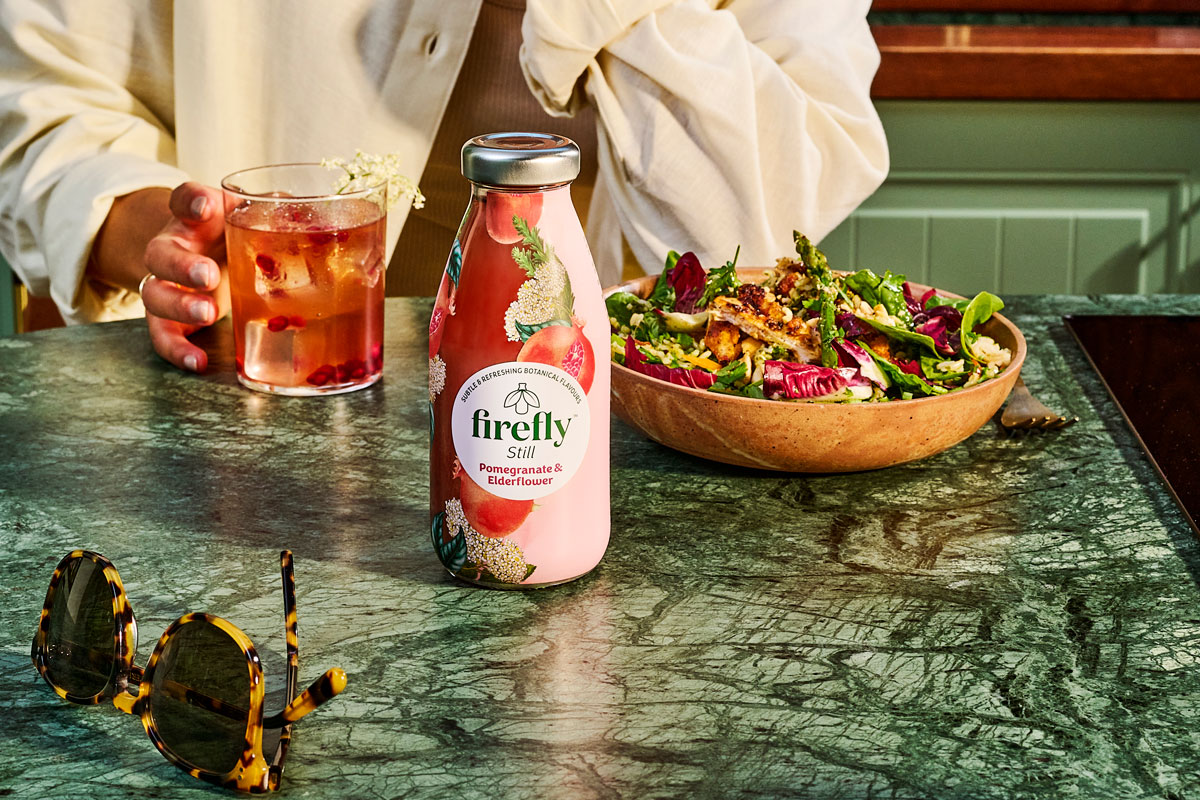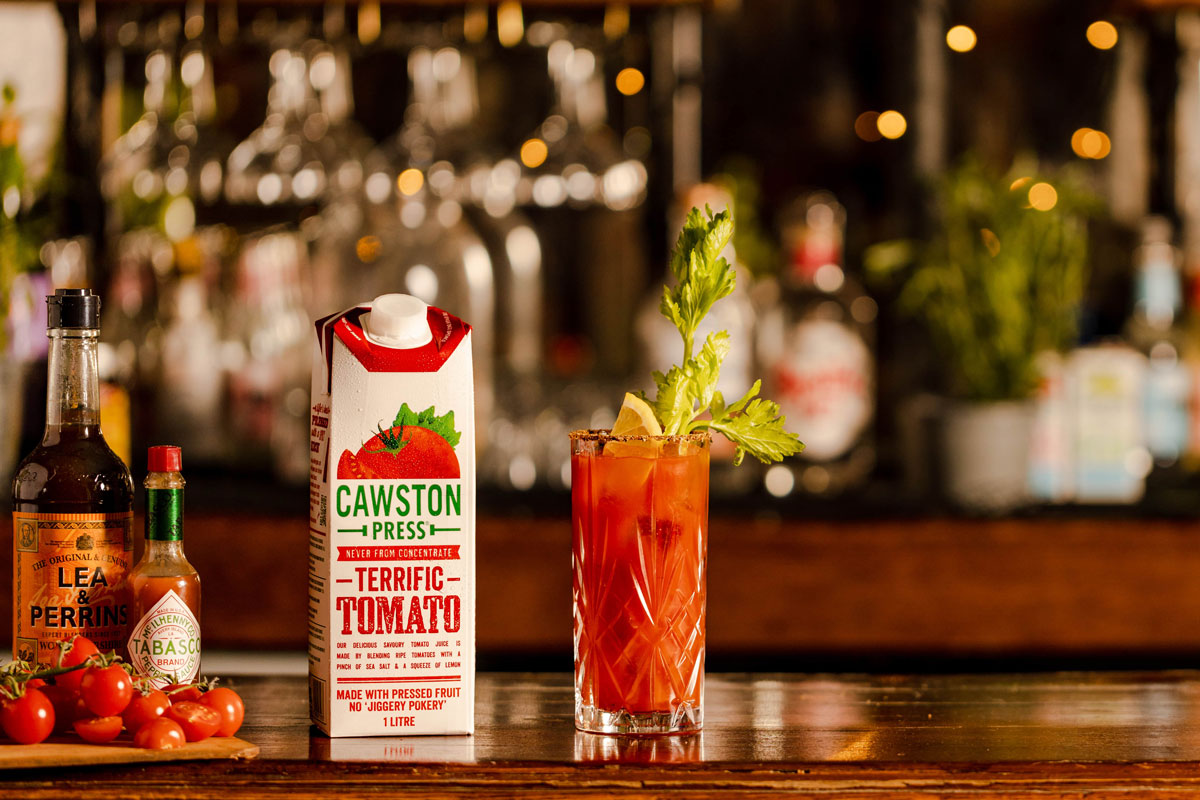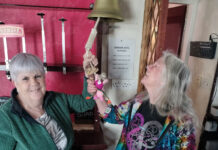 Don’t water down soft drinks sales
Don’t water down soft drinks sales
By Dave Hunter
The fact that millions of people across the UK are turning away from – or at least cutting down on – alcohol could be seen as a sobering statistic for pubs, to say the least.
But soft drinks producers reckon this wave of temperance does provide opportunities for bar and pub operators – providing they can effectively surf it.
Quoting figures from sources including Drinkaware and alcohol-free brewer Lucky Saint, soft drinks manufacturer, Cawston Press, reported that the soft drinks market grew between 2019 and 2022, at a time when one in three visits to the pub didn’t include any alcohol.
“An increasing percentage of consumers are turning towards soft drinks.”
“An increasing percentage of consumers are turning towards non-alcoholic, soft drink options, with 5.2 million adults trying to cut down on alcohol consumption,” said the company’s senior brand manager, Milly Tuck.
“The proportion of non-drinkers in the UK has not changed since 2022, however drinkers appear to be consuming alcohol less frequently: 39% drink alcohol less often than weekly, compared to 33% in 2019.
“However, this doesn’t mean they want to miss out on an enjoyable drink experience, and so the new temperance movement provides further opportunities for operators to drive sales of soft drinks with unique flavours and high-quality ingredients.”

This increase in demand for non-alcoholic options could provide revenue opportunities for licensees, but only if customers are opting for something other than tap water.
Sarah Baldwin of Purity Soft Drinks said people in general are drinking less alcohol now than they were in the mid-2000s, ‘with younger generations in particular drinking much less than they used to’.
And she added that a ‘shocking’ one in four consumers opt for tap water during a visit to the pub, if they’re not drinking alcohol. She reckoned that represents around £800m in lost sales.
“There is a massive opportunity for pubs to maximise their sales by stocking an enticing range of alcohol-free alternatives and adult soft drinks to help elevate those moments,” said Baldwin.
“In the juice category, 90% of consumers enjoy juice at home, with just 18% drinking juice in restaurants with a meal, a mere 12% in cafés, and 8% drinking juice in pubs.
“Given the size of the fruit juice market and its popularity with adults (more than half of which drink juice), there is a huge untapped audience who can be targeted by stocking recognisable juice brands.”
Tuck at Cawston Press said it is important venues offer ‘sophisticated non-alcoholic options, so consumers don’t feel that they are missing out on the fun’, with carbonated soft drinks and fresh juices said to be the most popular options.
Within carbonated drinks, Amy Burgess of Coca-Cola Europacific Partners said colas, lemonades and mixers ‘remain the biggest categories in soft drinks’.

In fact, mixers could be particularly important over the summer season as consumers opt for longer, lighter serves such as spritzes.
“Operators must offer an experience that’s unique, enticing, and worth the price.”
“Crafting the perfect soft drinks selection and providing an exceptional experience will be crucial for boosting summer sales,” said Burgess.
“Operators must offer an experience that’s unique, enticing, and worth the price, encouraging consumers to visit again.”
That was backed by Baldwin at Purity Soft Drinks, who said there is an opportunity for food venues to pair soft drinks with different dishes – much in the way a venue might recommend wine pairings.
“It’s important for operators to upsell soft drinks in the same way they do with alcoholic drinks,” she said.
“In pubs, the soft drink options should be in clear view for customers waiting at the bar, and in restaurants they should be easy to find on the menu. Also, when customers ask for drink recommendations, operators should ensure staff are prepared to discuss soft options and suggest flavour pairings for meals.”



















